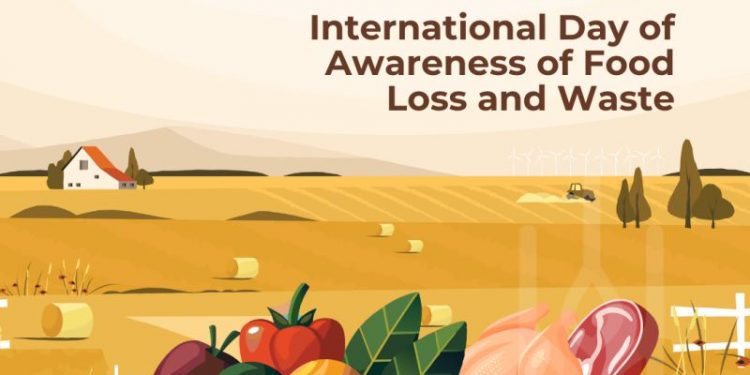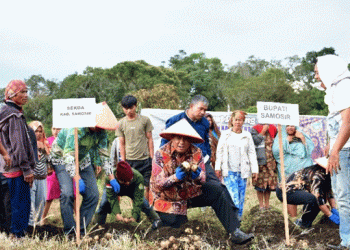How Scalable Innovations and Sustainable Practices Can Help Reduce Losses in Potato Production
As highlighted by Ismahane Elouafi on the International Day of Awareness of Food Loss and Waste, the global agricultural sector faces a critical challenge: while food production is sufficient to feed the global population, millions still suffer from hunger. This paradox underscores the importance of addressing inefficiencies within the food supply chain, particularly in the potato industry, one of the most nutrient-dense yet perishable crops.
Potato farmers and industry professionals are increasingly recognizing the need for climate-smart innovations to reduce losses from field to table. These include technologies and practices that ensure better storage, efficient transportation, and improved harvesting methods. By reducing waste, farmers can improve profitability and contribute to a more sustainable food system.
CGIAR, a leading research consortium, emphasizes that cutting waste in the potato industry is not only a matter of economic efficiency but also a key element in the fight against climate change. Poor handling and storage lead to spoilage, driving up emissions and reducing the availability of nutrient-rich foods. Improved infrastructure, such as temperature-controlled storage, combined with precision agriculture technologies, can help ensure that fewer potatoes are lost post-harvest.
Moreover, adopting sustainable farming practices—such as optimizing irrigation, enhancing soil health, and using eco-friendly pest control methods—can help reduce the environmental footprint of potato farming while maintaining high yields. The goal is clear: to halve global food waste by 2030, as outlined in SDG Target 12.3, through focused investment in scalable, sustainable solutions.








